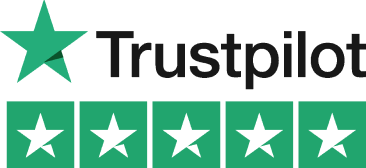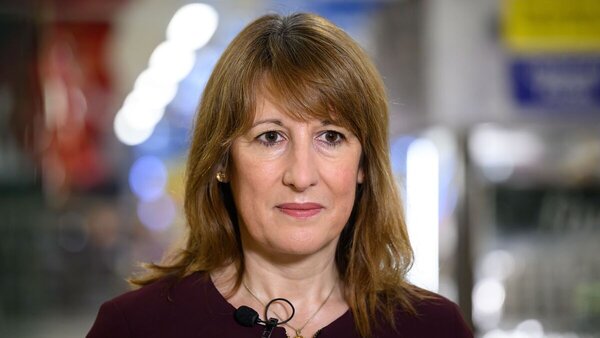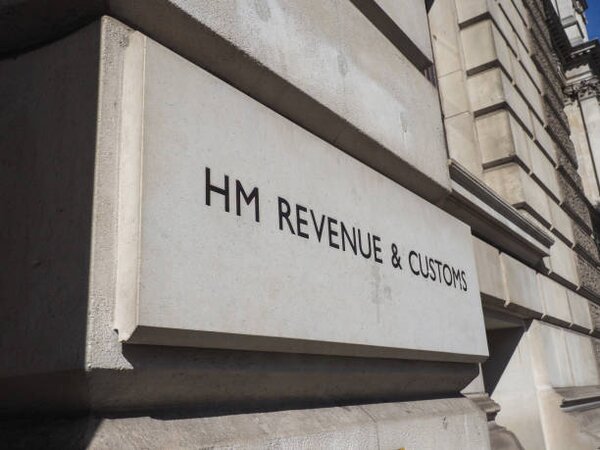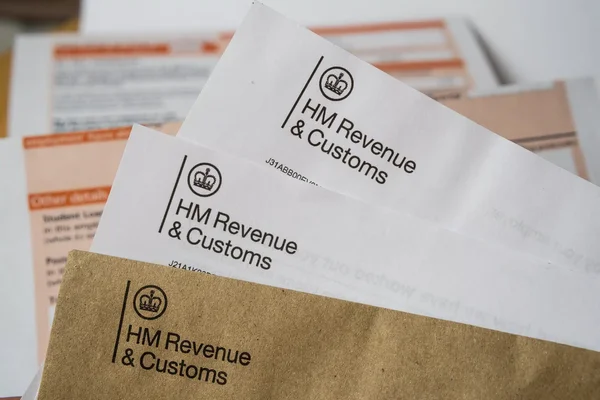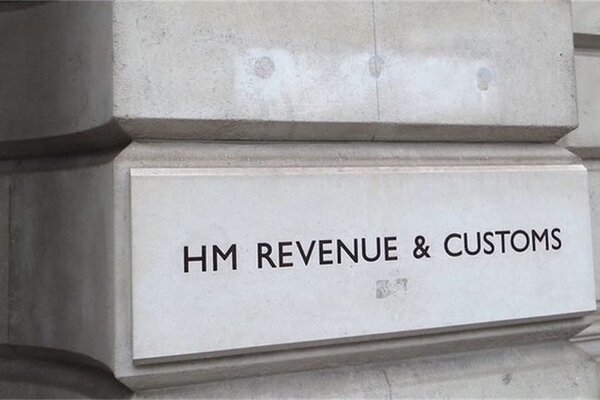Navigating Tax Rules for High Earners

If your income is steadily nearing £100,000, it’s essential to understand the tax implications that come with being a high earner in the UK. This income threshold brings a new set of challenges that require careful planning to minimize your tax bill.
Among the key considerations is understanding how your personal allowance gets gradually reduced and eventually eliminated once your income tops £100,000. This can result in a significant increase in the effective tax rate on your earnings.
To navigate these complexities and ensure your tax affairs are in order, employing the Pie Tax App and consulting the expert tax assistants available on the app can make a big difference. They'll help you optimise your financial planning and avoid unexpected tax bills.
The Impact on Personal Allowance
When your income exceeds £100,000, the UK tax system begins to withdraw your personal allowance (£12,570 for 2023/24). For every £2 you earn over this threshold, you lose £1 of your personal allowance. Consequently, this creates an effective marginal tax rate of 60%.
This reduction can be managed more effectively with proper planning, such as making additional pension contributions which can reduce your taxable income below the threshold.


Child Benefit Changes
High earners also need to keep in mind Child Benefit. If either you or your partner earns more than £50,000, you might have to pay the High-Income Child Benefit Charge. The charge stands at 1% of the Child Benefit received for every £100 earned over the £50,000 threshold.
Estimating and planning for this charge can ensure there are no surprises during the tax year.

For the 2024/2025 tax year, the personal allowance was £12,570. The higher rate threshold was £50,270. If your income surpasses this, different tax rates will affect your financial obligations.Statutory Income

In the 2022/2023 tax year, you could contribute a maximum of £40,000 into your pension. These contributions could reduce your adjusted net income and mitigate tax implications.Pension Contributions

Gifting and Charitable Donations
Making the most out of tax rules can sometimes involve deliberate actions like gifting and charitable donations. Gift Aid donations, for instance, are deducted from your total income, reducing your taxable income. This not only benefits your tax situation but also contributes to causes you care about.
Another efficient strategy involves gifting money to loved ones. The annual exemption for gifts is £3,000, meaning it’s free from inheritance tax, helping manage your long-term tax liabilities.
Maximising Investment Allowances
Capital Gains Tax (CGT) generally applies when you sell assets such as property or shares. However, every individual has an annual CGT exemption, which was £12,300 for 2022/2023. Strategic planning around when and how you sell your assets can help you stay within this tax-free allowance, optimising your investment returns.
Investing in ISAs (Individual Savings Accounts) can also provide significant tax advantages. The annual ISA limit was £20,000 for 2022/2023, and earnings within an ISA are tax-free. This strategy is useful for both saving and investing without incurring additional tax liabilities.

Helpful Financial Planning Tips

Understanding your income thresholds is crucial. Knowing where you stand financially can help you plan effectively and avoid tax pitfalls. Keeping track of important allowances such as the personal allowance and other exemptions is a good start.Understanding thresholds:

Ensure regular reviews of your financial situation. Weekly or monthly reviews can help you anticipate changes and take corrective actions early. Use financial tools such as the Pie Tax App to streamline this process.Consistent monitoring:

When in doubt, it’s wise to consult with expert tax assistants available on the Pie app who can provide tailored guidance. Professional advice can help you navigate the complexities of the UK tax system effectively.Seek expert advice:

Fun Facts
Did you know, the UK government collected £1 trillion in income tax revenue in the 2023/2024 tax year? That’s a significant contribution from all tax-paying citizens!
Strategies for Reducing Taxable Income

One valuable approach for reducing your tax burden is to increase your pension contributions. Contributions made to your pension plan reduce your taxable income, which can lower your overall tax liability. This is a highly efficient way to keep more of your hard-earned money while planning for your future.
Another strategy includes utilising tax-relieved investments like EIS (Enterprise Investment Schemes) and VCTs (Venture Capital Trusts), which not only offer tax reliefs but also provide opportunities for growth and income. Seeking expert guidance can help you determine which of these options best suit your financial needs.

Higher pension contributions: By increasing your pension contributions, you can reduce your adjusted net income. It helps in staying below the £100,000 threshold, preserving your personal allowance. Expert advice: Consult expert tax assistants on the Pie app to determine the optimal level of pension contributions based on your income and financial goals. Tailored advice can make this strategy more effective.Increasing Pension Contributions

Investment options: EIS and VCT offer attractive tax relief options for high earners. They provide income tax relief, thus reducing your overall liability. Both options allow you to invest in growing companies while benefiting from tax advantages. Professional guidance: Before investing, seek professional advice. The experts on the Pie Tax App can guide you on the best options based on your financial profile and risk tolerance.Exploring Tax-Relieved Investments
Summary
In summary, approaching the £100,000 income threshold brings significant tax obligations that require strategic planning. From understanding the impact of the personal allowance reduction to navigating Child Benefit charges, there are several layers of complexity that high earners must manage.
Making informed decisions through pension contributions, charitable donations, and strategic investments can mitigate tax liabilities and optimise your financial health. Leveraging the Pie Tax App and its expert tax assistants enables you to navigate these complexities smoothly. Always remember, informed planning is key to effective tax management.


